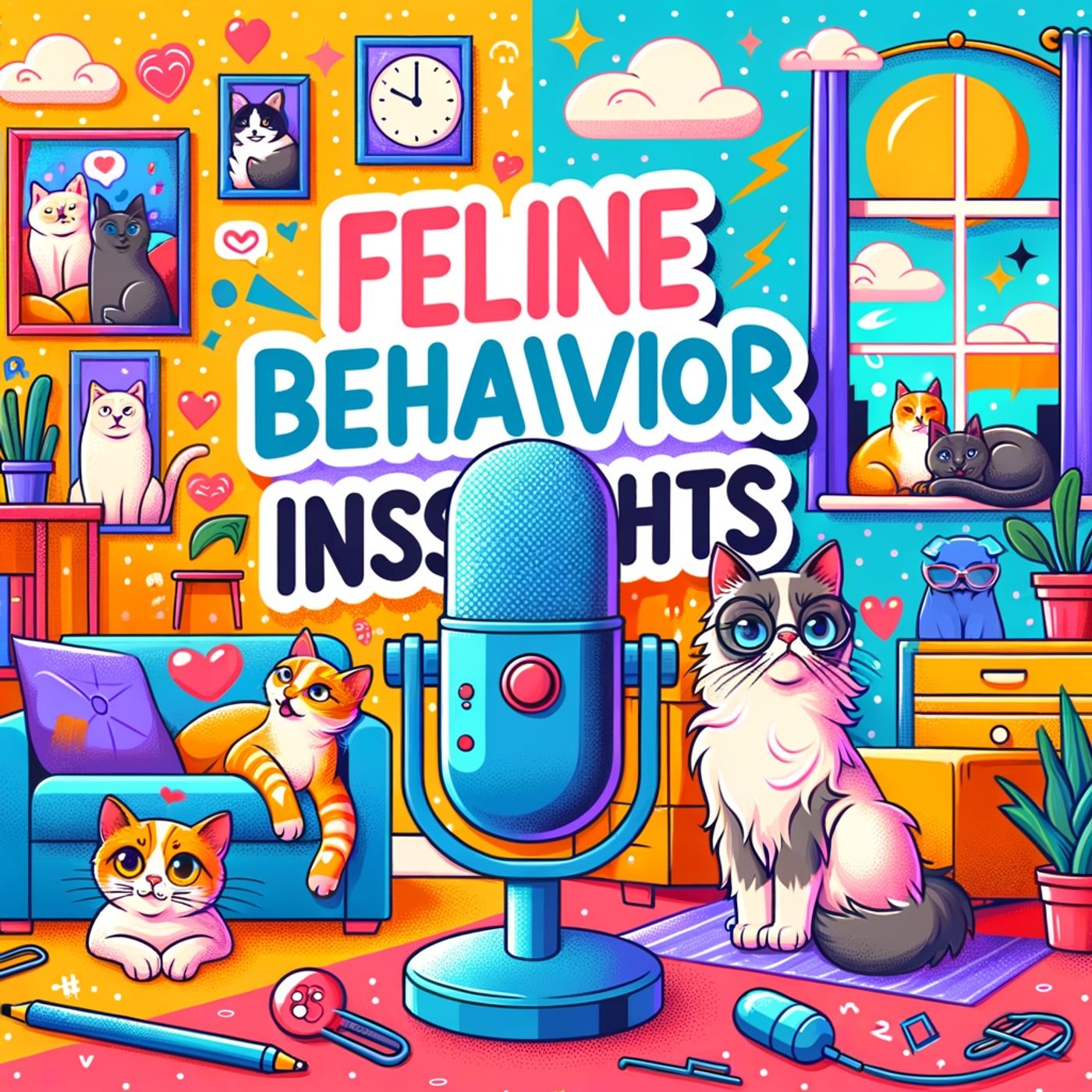Podcast Episode Details
Back to Podcast Episodes
Decoding Feline Behavior: A Guide to Unlocking Your Cat's Subtle Language
Let’s take a fascinating journey into the world of feline behavior, where every whisker twitch, tail flick, and subtle blink is a clue to what your cat is really thinking. Cats have developed an elaborate language rooted in body posture, facial expressions, and even scent, according to Tuft & Paw’s insights on cat behavior. At the core of interpreting your cat’s emotions is posture. A cat stretching out comfortably is showing trust and ease, exposing their vulnerable belly only when they feel completely safe. On the other hand, a cat scrunching up, making itself small or tucking its tail in, is telling you they feel threatened, anxious, or even in pain. According to Tuft & Paw and PetMD, the tail acts as a feline mood barometer. A tail held straight up signals confidence and contentment, sometimes with a quirky little curl at the tip. If your cat’s tail puffs up or stands on end, they’re trying to appear larger and are likely frightened or agitated. Conversely, a rapidly flicking tail often means agitation or annoyance. When you see the tail quiver during a greeting, Express Vets Buford says it’s often a sign of excitement—a friendly, happy hello. Feline facial expressions reveal just as much. Ears standing tall and facing forward show curiosity and happiness, as described by PetMD. Ears that flatten back can mean your cat is scared, defensive, or on edge. Swiveling ears are a sign that your cat is alert to its environment but may be uncertain or mildly irritated. Cat eyes are another powerful tool. PetMD explains that slow blinking from a cat is a mark of trust. Listeners can even try returning the gesture; a slow, gentle blink conveys to your cat that you’re a friend, not a foe. A direct, unblinking stare, though, may be a territorial challenge between cats. Cats also speak through rituals and quirks. Chewy highlights behaviors like face rubbing and head bunting as affectionate gestures—cats mark their humans with their own scent to reinforce bonds. Kneading, that rhythmic paw pushing, is a throwback to kittenhood and comfort, and a sign your cat feels safe. Even those odd behaviors—trying to bury food, randomly knocking things off shelves, or yowling at night—have roots in feline instincts. Chewy notes that food-burying mimics wild cats’ habits of hiding leftovers from potential predators, while nighttime yowling is tied to their natural hunting schedule and need for stimulation, especially if they missed their daytime exercise or are hungry. Most importantly, the environment always colors feline communication. A cat’s message can shift quickly depending on their surroundings, so context is key to decoding their signals, as Tuft & Paw and PetMD advise. Learning to read your cat’s body language deepens your bond, helps reduce stress, and ensures a happier, more harmonious relationship with your mysterious, captivating feline companion. Thank you for tuning in, and don’t forget to subscribe. This has been a quiet please production, for more check out quiet please dot ai.
For more http://www.quietplease.ai
Get the best deals https://amzn.to/3ODvOta
Published on 2 days, 17 hours ago